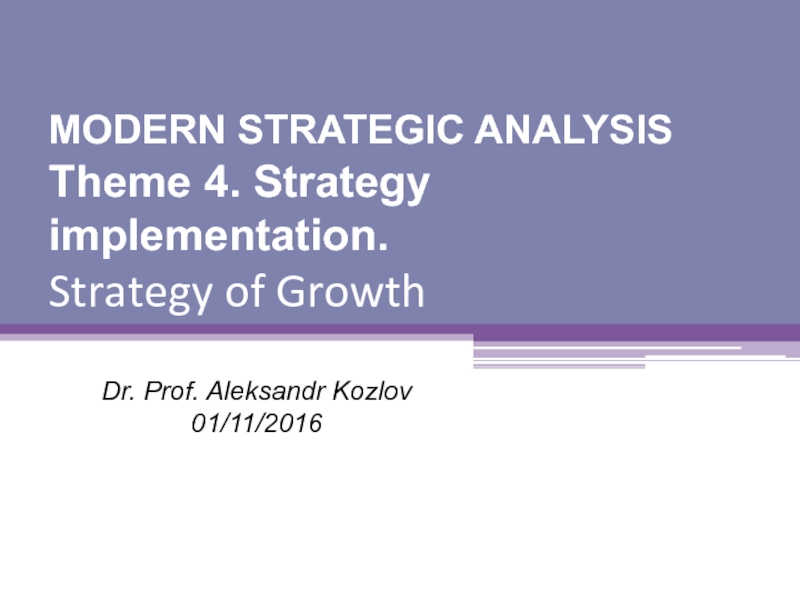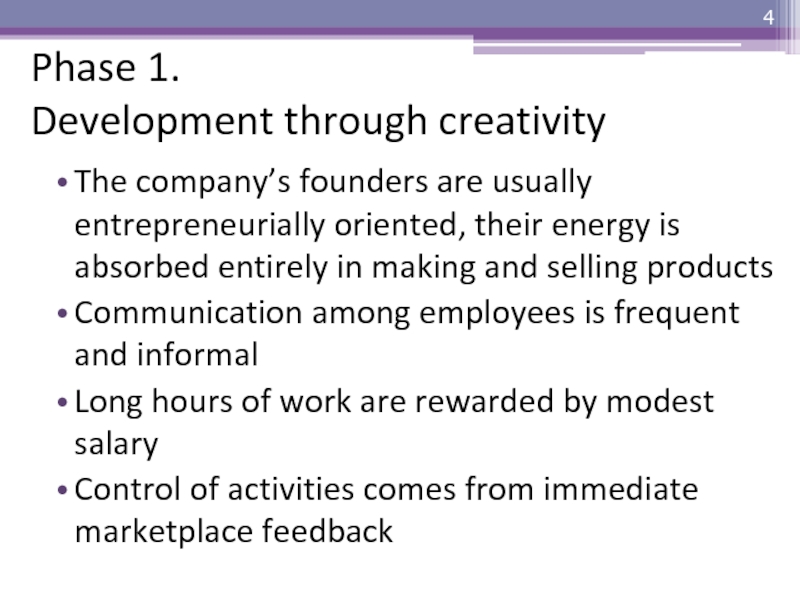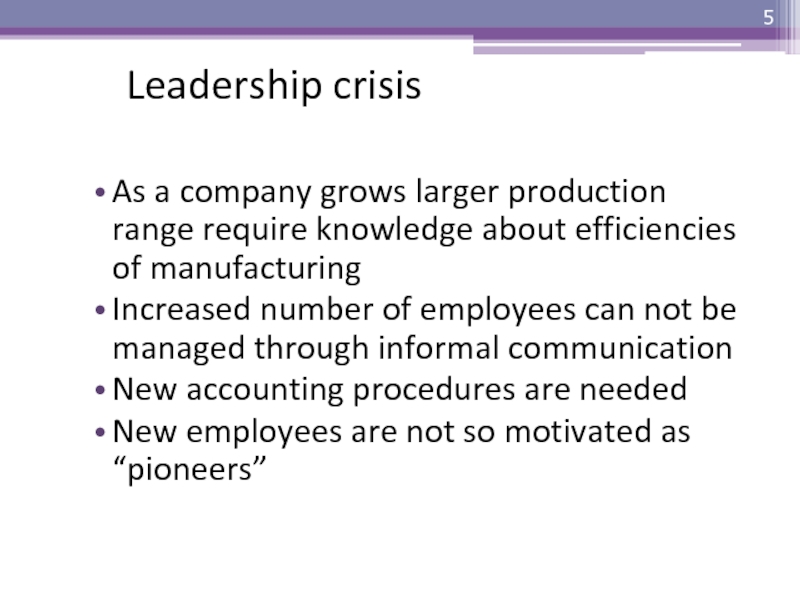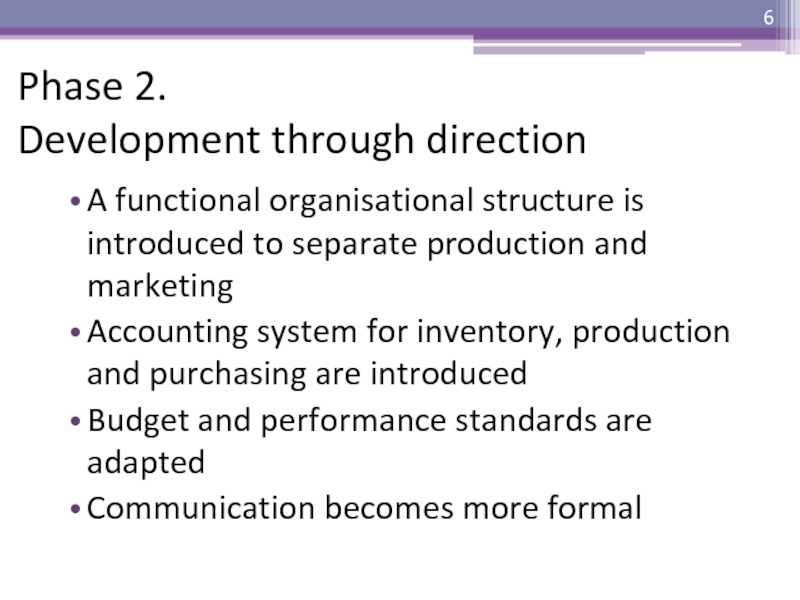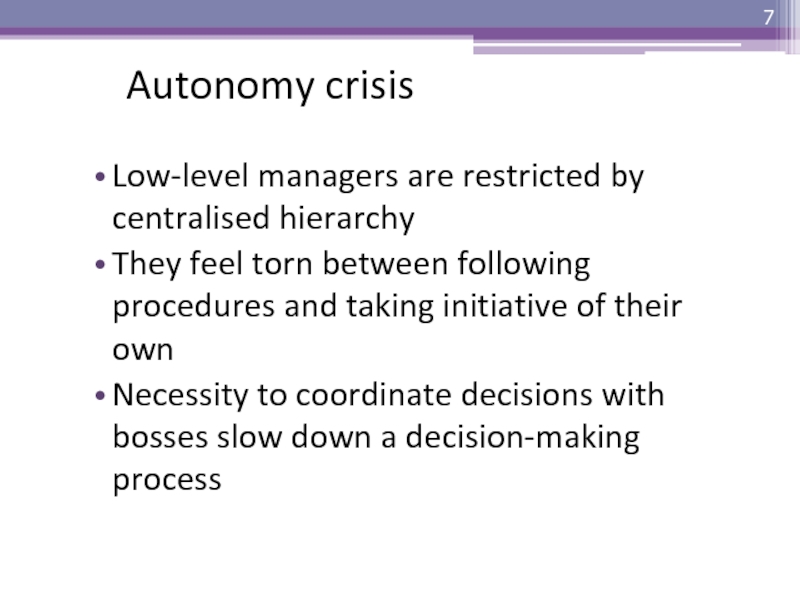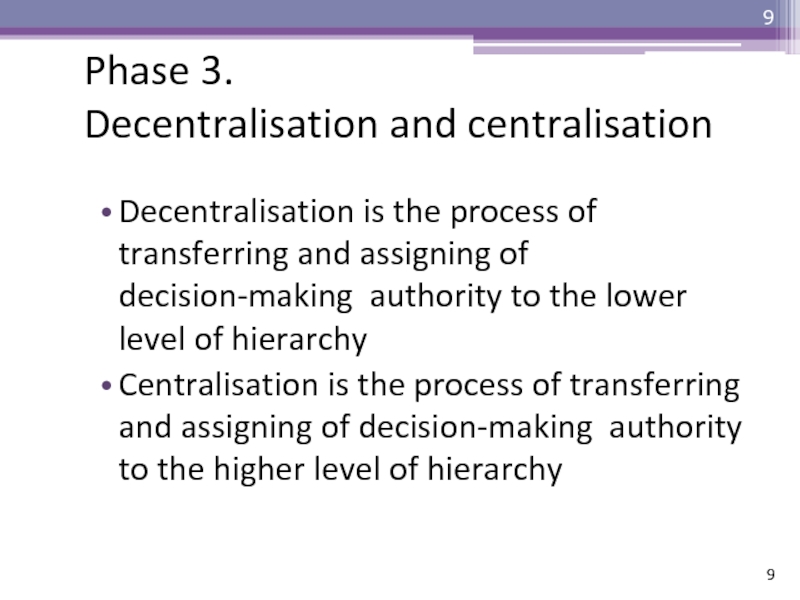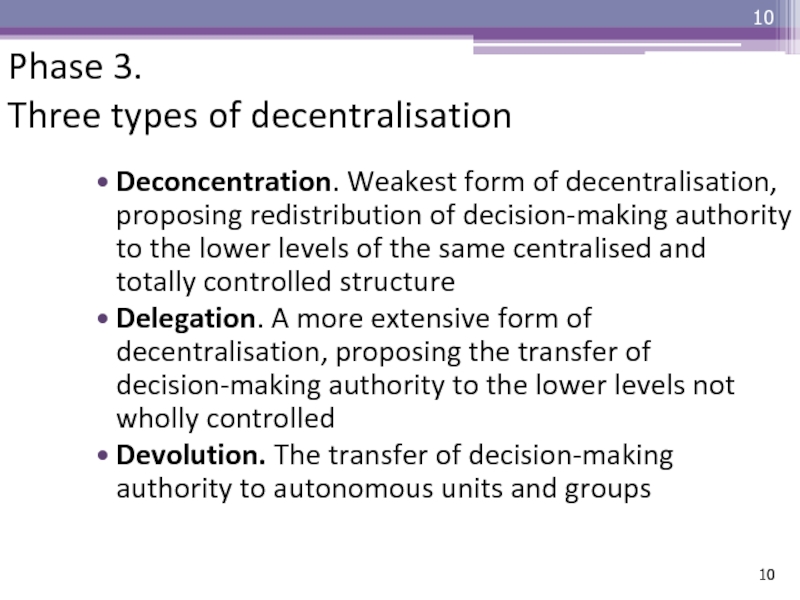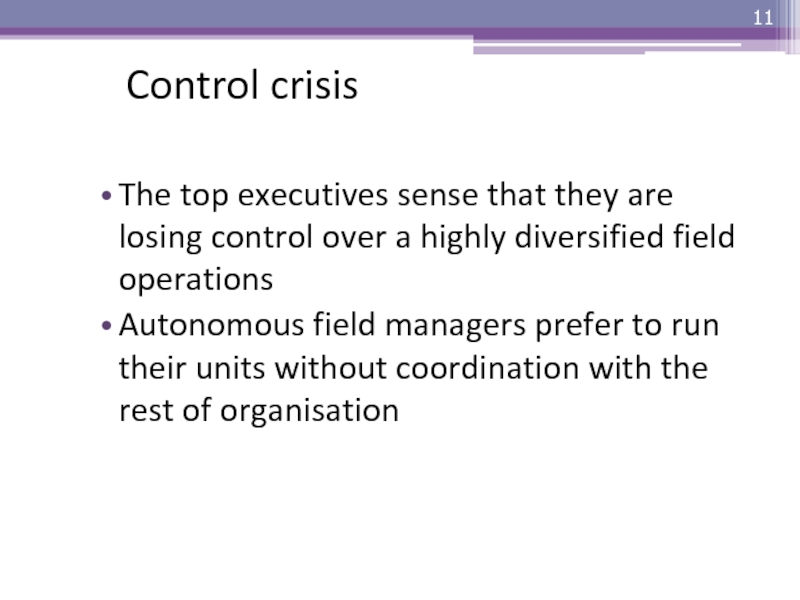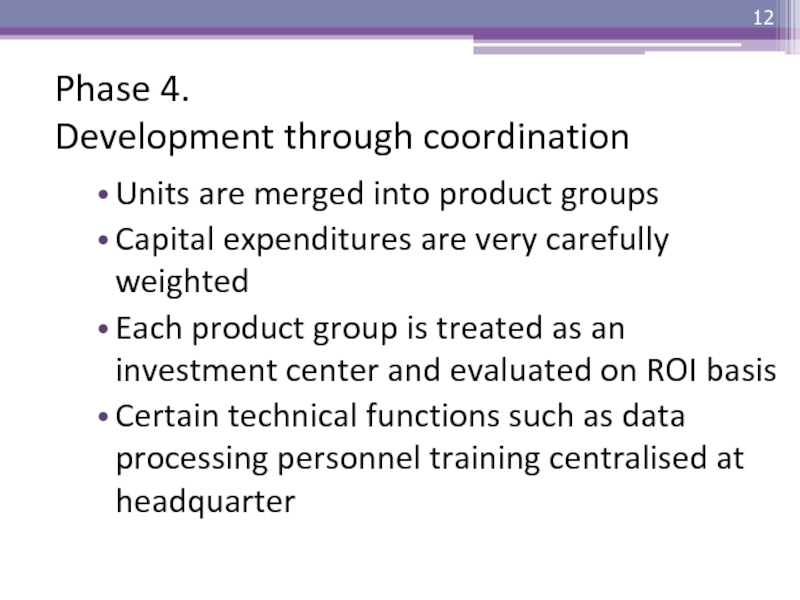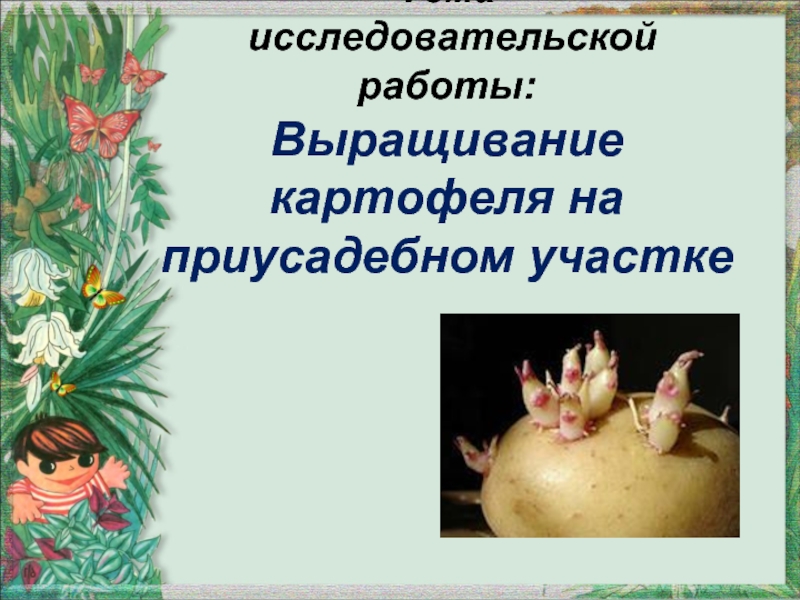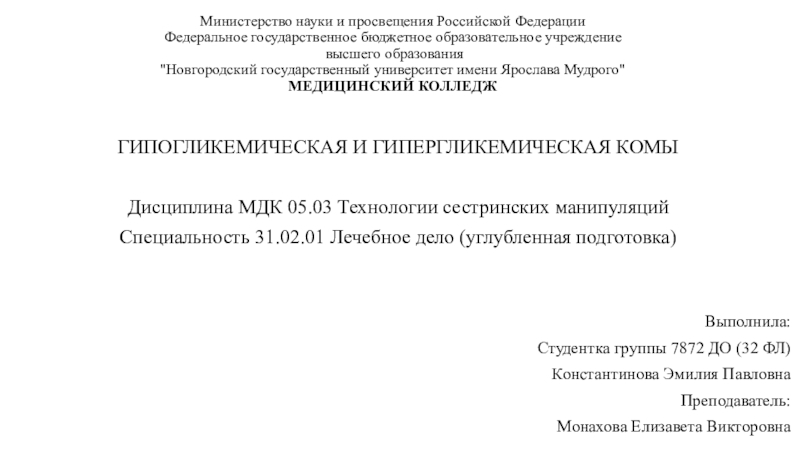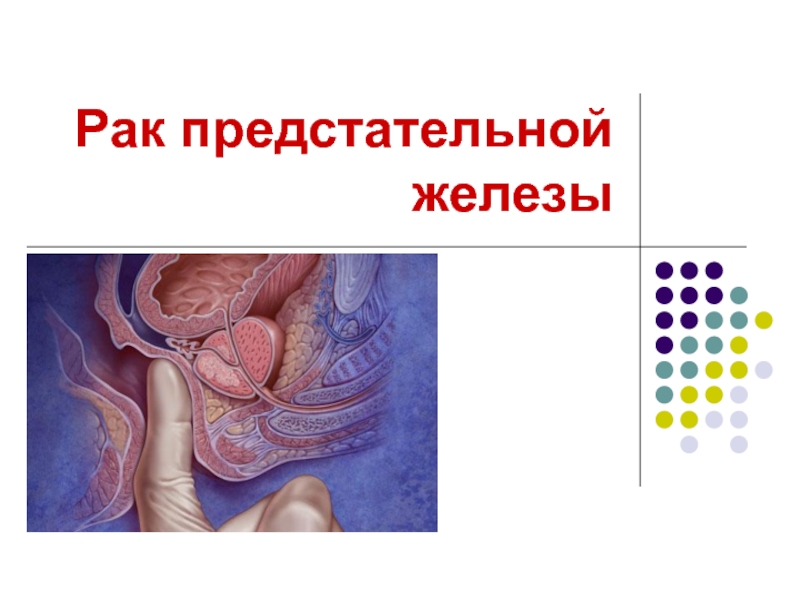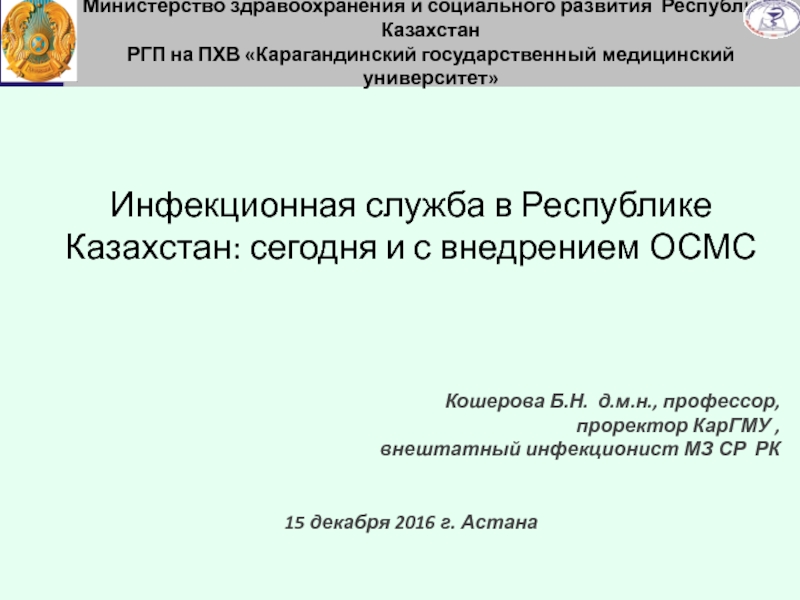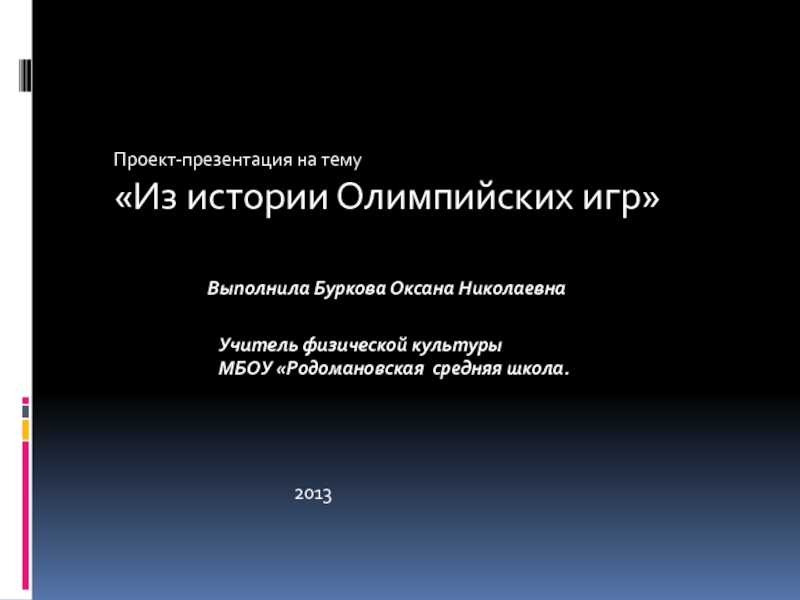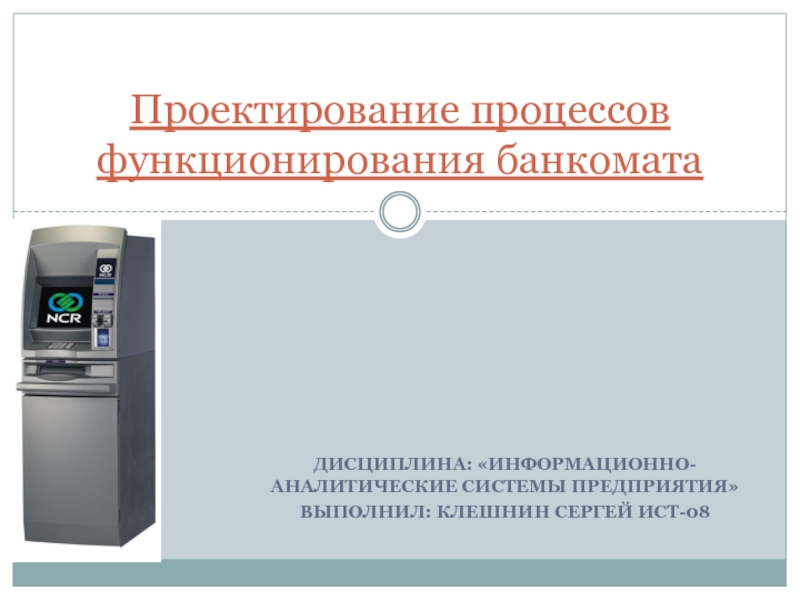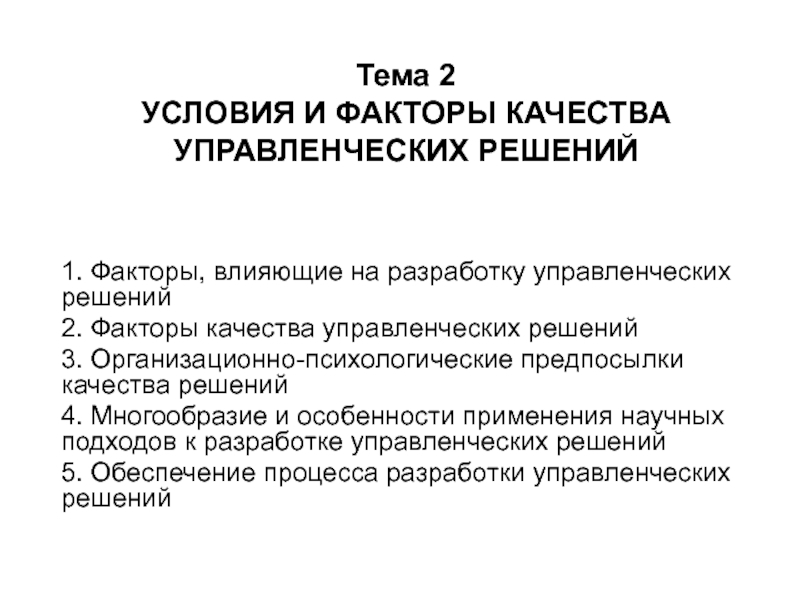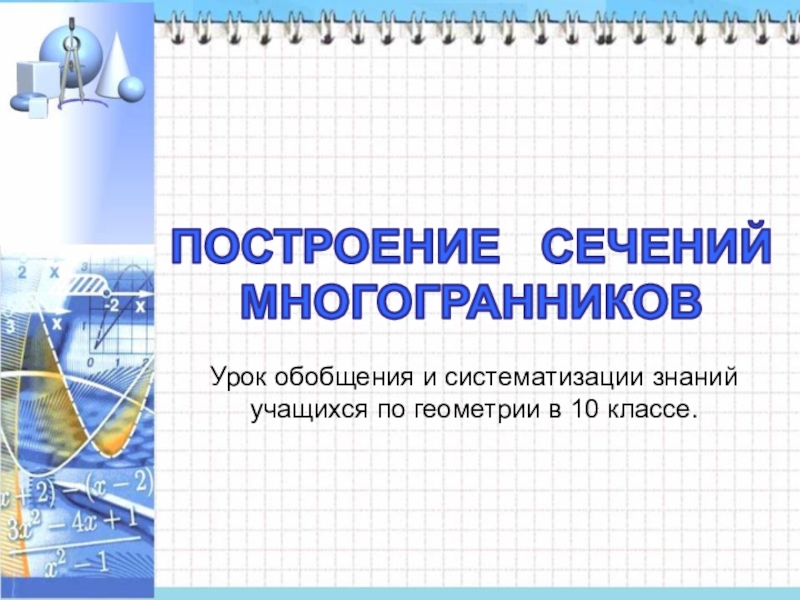Разделы презентаций
- Разное
- Английский язык
- Астрономия
- Алгебра
- Биология
- География
- Геометрия
- Детские презентации
- Информатика
- История
- Литература
- Математика
- Медицина
- Менеджмент
- Музыка
- МХК
- Немецкий язык
- ОБЖ
- Обществознание
- Окружающий мир
- Педагогика
- Русский язык
- Технология
- Физика
- Философия
- Химия
- Шаблоны, картинки для презентаций
- Экология
- Экономика
- Юриспруденция
MODERN STRATEGIC ANALYSIS Theme 4. Strategy implementation. Strategy of Growth
Содержание
- 1. MODERN STRATEGIC ANALYSIS Theme 4. Strategy implementation. Strategy of Growth
- 2. Organisation’s life cycle Size of an organisationTimeEnteringGrowthMaturity DecliningNew development
- 3. Phases of a company growthSize of companyLargeSmallAgeYoung
- 4. Phase 1. Development through creativityThe company’s
- 5. Leadership crisisAs a company grows larger production
- 6. Phase 2. Development through directionA functional
- 7. Autonomy crisisLow-level managers are restricted by centralised
- 8. Phase 3. Development through delegation Much
- 9. Phase 3. Decentralisation and centralisation Decentralisation
- 10. Phase 3. Three types of decentralisationDeconcentration.
- 11. Control crisisThe top executives sense that they
- 12. Phase 4. Development through coordination Units
- 13. Micro-case study “Delta-M” or “Who is
- 14. Micro-case study “Delta-M” or “Who is
- 15. Скачать презентанцию
Organisation’s life cycle Size of an organisationTimeEnteringGrowthMaturity DecliningNew development
Слайды и текст этой презентации
Слайд 1MODERN STRATEGIC ANALYSIS
Theme 4. Strategy implementation.
Strategy of Growth
Dr. Prof.
Aleksandr Kozlov
Слайд 2Organisation’s life cycle
Size of an organisation
Time
Entering
Growth
Maturity
Declining
New development
Слайд 3Phases of a company growth
Size of company
Large
Small
Age
Young
Mature
Crisis of leadership
Growth through creativity
Crisis of autonomy
Growth through direction
Growth through
delegationCrisis of control
Growth through coordination
Crisis of mutual understanding
Evolution
revolution
Growth through collaboration
Слайд 4Phase 1.
Development through creativity
The company’s founders are usually entrepreneurially
oriented, their energy is absorbed entirely in making and selling
productsCommunication among employees is frequent and informal
Long hours of work are rewarded by modest salary
Control of activities comes from immediate marketplace feedback
Слайд 5Leadership crisis
As a company grows larger production range require knowledge
about efficiencies of manufacturing
Increased number of employees can not be
managed through informal communicationNew accounting procedures are needed
New employees are not so motivated as “pioneers”
Слайд 6Phase 2.
Development through direction
A functional organisational structure is introduced
to separate production and marketing
Accounting system for inventory, production and
purchasing are introducedBudget and performance standards are adapted
Communication becomes more formal
Слайд 7Autonomy crisis
Low-level managers are restricted by centralised hierarchy
They feel torn
between following procedures and taking initiative of their own
Necessity to
coordinate decisions with bosses slow down a decision-making processСлайд 8Phase 3.
Development through delegation
Much greater responsibility is given
to managers
Profit centers and bonuses are used to motivate managers
The
top executives at headquarters restrain themselves to managing by exceptions, based on periodic reports from the fieldСлайд 9Phase 3.
Decentralisation and centralisation
Decentralisation is the process of
transferring and assigning of decision-making authority to the lower level
of hierarchyCentralisation is the process of transferring and assigning of decision-making authority to the higher level of hierarchy
Слайд 10Phase 3.
Three types of decentralisation
Deconcentration. Weakest form of decentralisation,
proposing redistribution of decision-making authority to the lower levels of
the same centralised and totally controlled structureDelegation. A more extensive form of decentralisation, proposing the transfer of decision-making authority to the lower levels not wholly controlled
Devolution. The transfer of decision-making authority to autonomous units and groups
Слайд 11Control crisis
The top executives sense that they are losing control
over a highly diversified field operations
Autonomous field managers prefer to
run their units without coordination with the rest of organisationСлайд 12Phase 4.
Development through coordination
Units are merged into product
groups
Capital expenditures are very carefully weighted
Each product group is
treated as an investment center and evaluated on ROI basisCertain technical functions such as data processing personnel training centralised at headquarter
Слайд 13Micro-case study “Delta-M” or
“Who is responsible for what?”
“Delta-M”
is company set up by four former researchers in 2003.
The main product is specialised clothing for workers, operating in different types of aggressive environment: firemen, worker at oil processing plants etc. They started from two small rooms, the first for manufacturing of fabric and other one for sewing with five sewing machines. Five first years were very successful. The annual sales growth was close to 30 %, the owners were working hard like real team, supporting each other, keeping all management functions in their hands. In the year of 2008 staff of “Delta-M” achieved 70 employees, working in two workshops and designing bureau. In the year of 2007 happened unpleasant surprise: growth of sales in the second half of this year was close to zero. Team of owners applied to consulting company for advice.During the first meeting after rituals of mutual presenting the consultant asked owners: “Who is responsible for sales?”. And was shocked by given answer, better to say, answers. It was like chorus : “It’s me!”. “What about designing?” – the same result .
Слайд 14Micro-case study “Delta-M” or
“Who is responsible for what?”
Questions.
Identify the
stage of growth of “Delta-M” Suggest the real reason for low growth of sales in the second half of the year of 2007.
Propose the actions to be done by owners of “Delta-M”
